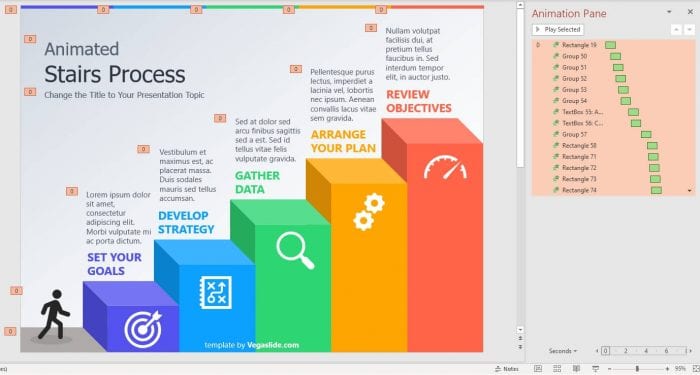Here is a 1500-word article on “How to Make PowerPoint Read Aloud” using markdown formatting:
How to Make PowerPoint Read Aloud
PowerPoint presentations often contain a lot of text content that needs to be presented orally. However, reading text aloud slide-by-slide can be tedious for the presenter and less engaging for the audience. Fortunately, PowerPoint has some useful built-in text-to-speech (TTS) capabilities that can automate reading text aloud.
Enable Text-to-Speech in PowerPoint
The first step is to enable the text-to-speech feature in PowerPoint. Here’s how:
- Add the Speak command to the Quick Access Toolbar. The Quick Access Toolbar is the customizable bar with frequently used commands. To add the Speak command:
- Click the drop-down arrow next to the Quick Access Toolbar
- Select More Commands
- Choose All Commands from the dropdown menu
- Scroll and select the Speak command
- Click Add to add it to the toolbar
- Highlight text and click the Speak icon. To have text read aloud:
- Select the desired text
- Click the Speak icon in the Quick Access Toolbar
That’s it! The highlighted text will now be read aloud using your computer’s default text-to-speech voice.
Customize Text-to-Speech
You can customize certain aspects of the text-to-speech feature:
- Voice and language: Change the voice and language used from the default computer settings under Review > Language Settings.
- Speech speed: Adjust using the slider under Review > Language Settings.
- Volume: Adjust the volume of the voice under Review > Language Settings.
Presentation Tips
Here are some tips for effectively using text-to-speech to make your PowerPoint presentations more engaging:
- Highlight key text: Strategically choose what text to highlight and read aloud using text-to-speech. Focus on key ideas, statistics, quotes, etc.
- Insert audio recordings: Consider also inserting some pre-recorded audio clips of yourself or others speaking when appropriate.
- Let images and slides speak too: Remember to still describe images, charts, diagrams, etc. verbally as they appear to make presentations accessible for those with visual impairments.
- Interaction: Pause and allow time for the audience to absorb information after the voice reads text aloud. Gauge reactions and be prepared to elaborate on ideas.
- Notes and handouts: Provide annotated notes pages and printed handouts so the audience can follow along and reference important content later.
Slide Design Tips
When using text-to-speech, some slide design best practices will make your presentations more accessible:
- Use sans serif fonts like Arial or Calibri for easy readability. Avoid fancy script and display fonts.
- Ensure sufficient contrast between text and background colors.
- Use font size 28pt or larger.
- Limit text to key ideas and supporting details. Too much dense text is difficult to absorb when listened to.
- Left align text rather than full justification.
- Use bullet points and lists for easy scanning.
- Bold keywords and main ideas.
- Provide alt text descriptions for any images or charts.
Tools to Automate Reading Aloud
Beyond PowerPoint’s built-in TTS feature, there are also third-party tools you can use:
- Immersive Reader – A Microsoft tool that reads document aloud with dual highlighting and translation capabilities.
- ReadSpeaker – Web-based tool that can convert documents to audio MP3/WAV files.
- NaturalReaders – Software allowing you to convert text from files and webpages to speech.
The ability to have PowerPoint presentations read aloud opens them up to wider audiences. With PowerPoint’s straightforward text-to-speech features and some slide design considerations, you can create more accessible and engaging presentations.




